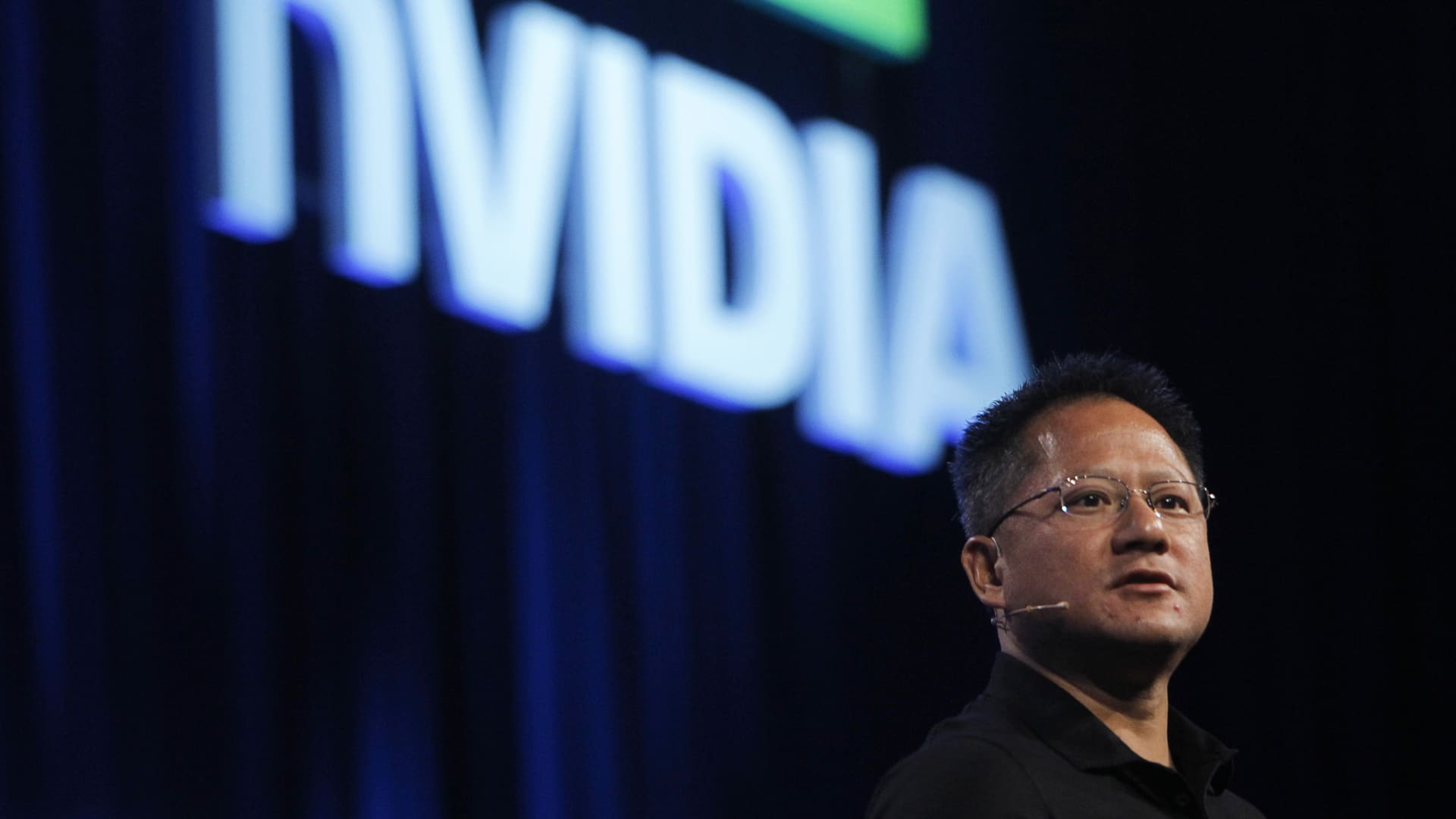Copyright scmp

China’s 15th five-year plan is more than a policy blueprint; it is a pivotal turning point. This plan and the next one will define an era of innovation-led growth, solidifying China’s status as a major power and peer competitor to the United States. Since the reform and opening-up policy was launched, China’s economic development has had distinct phases. The 1978-1992 period marked the initial stage of opening up. Reform and opening-up was imperative in the wake of economic challenges after the Cultural Revolution. After Deng Xiaoping’s southern tour in 1992, the principle of development being the top priority was clearly established. China’s 2021 accession to the World Trade Organization marked its full integration into globalisation, fuelling rapid economic growth that pushed it past Japan to become the world’s second-largest economy in 2010. A major shift began in 2017 – the year Donald Trump took office as US president and when the 19th Communist Party National Congress was held – which marked the end of the “super-globalisation” era characterised by deep China-US economic interdependence. In 2018, the US unleashed a trade war on China. Amid heightened strategic competition, the goal of achieving socialist modernisation by 2035 elevates the importance of five-year plans. Their success will determine China’s economic breakthroughs, whether its gross domestic product surpasses the US’ and the future of ties with Washington. The nation must prioritise championing the fourth Industrial Revolution. China was essentially absent during the first and second industrial revolutions. While it capitalised on the third – the internet and information technology wave – it did not emerge as a front-runner. Today, however, China has shown its innovative potential by achieving global leadership in new energy vehicles, lithium batteries and solar photovoltaics. Building on that momentum, China is pursuing leadership in artificial intelligence (AI), with the clear goal of matching US leadership and shifting from a real estate-driven economy to a hi-tech manufacturing power. Viewing AI as the new currency of global power, China is advancing through a coherent national strategy, large-scale state funding and an ecosystem leveraging the vast domestic data market. China has a strategic edge stemming from its focus on open-source models. Unlike Silicon Valley’s dominant proprietary model, China’s leading AI models are open-source, driving widespread adoption, collaboration and fast iteration in its tech ecosystem. Underpinning this ascent is the government’s role. The state acts not just as a regulator but as an architect and investor. This is reinforced by intense competition among Chinese cities to become AI hubs and a venture capital sector where government guidance prioritises national goals over the sole focus on market returns. China is the undisputed global leader in green energy and technology. The country remains the world’s manufacturing hub for electric cars, accounting for over 70 per cent of global production in 2024. The country’s new energy vehicle fleet soared to 31.4 million units by 2024. Manufacturing output surged from 13,000 units in 2012 to 12 million in 2024. China also has the world’s fastest-growing renewable power system, according to the National Development and Reform Commission. By May, its installed renewable capacity had reached 2.09 billion kilowatts. An example of China’s scale is Talatan Solar Park, the world’s largest high-altitude solar farm. Located in the Tibet autonomous region, the park spans 162 square miles (419 sq km) and is capitalising on the Tibetan Plateau’s sunlight, altitude and low temperatures to turn the remote area into a clean energy hub. Electricity is transmitted more than 1,000 miles via high-voltage lines to power the cities, businesses and data centres that underpin China’s AI industry, establishing a link between its AI ambitions and sustainability goals. The quest for innovation, however, is part of a larger economic narrative. Beyond competing in technology, China is spearheading a new phase of globalisation by turning its firms into true global multinationals, moving away from decades of reliance on Western markets. Last year, about 29 per cent of China’s exports went to both the US and the European Union. The Belt and Road Initiative, once met with scepticism, is maturing into a cornerstone of China’s global economic strategy. Trade with partner nations hit US$3.07 trillion in 2024, powered by a decisive shift in trade flows towards the Global South. This momentum has continued, with trade across the belt and road growing 6.2 per cent in the first nine months of 2025. During the January-August period, exports to India were particularly robust, as well as shipments to Southeast Asian and African markets – a stark contrast to the 15.5 per cent decline in exports to the US. To grasp China’s economic trajectory, two defining questions emerge: How will it shape the next phase of globalisation and how will its corporations truly become multinational? The central objective for the coming decade is pivoting from being the “world’s factory” to becoming the “engine of the world’s factory”. The “world’s factory” model leveraged China’s low-cost labour and deep supply chains to manufacture goods for the world. The emerging model, however, repositions China as an exporter of industrial capacity, furnishing critical inputs of capital, advanced machinery and expertise to build and sustain global manufacturing ecosystems. China is undoubtedly a manufacturing power, but the transition to a genuine global powerhouse is still under way. True industrial leadership, however, will be defined not solely by domestic innovation but by the worldwide impact of investment and execution of complex operations on an international scale.



